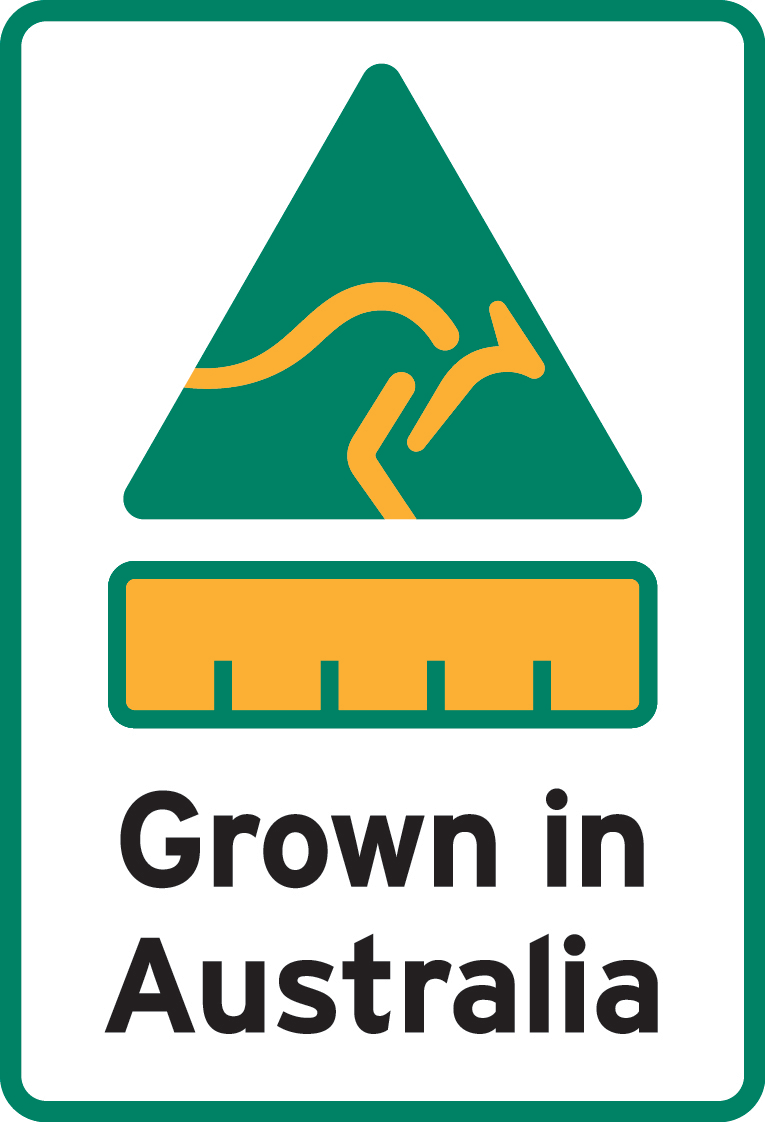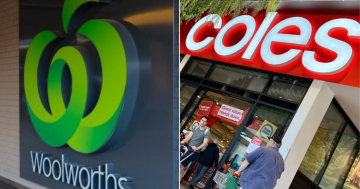
One of the new labels. Photo: Supplied.
New country of origin labelling requirements for food are now mandatory, and should give consumers more clarity and reduce confusion about whether a product is Australian or imported.
The new laws came into force on 1 July 2018 after a two-year transition period for business, with consumers now being able to look to the familiar kangaroo symbol for clear and accurate information about whether food was made, grown, produced or packed in Australia, or in another country.
The food labelling reforms commenced on 1 July 2016 after consumers made it known that they wanted labels to be clearer and provide more information about the food they were buying.
The ACCC and other consumer affairs agencies are now enforcing the regulations and any business that fails to comply with the new requirements or deliberately misleads consumers may face action.
Assistant Minister for Science, Jobs and Innovation Zed Seselja said the Federal Government had successfully delivered on community expectations that food labelling should provide a true statement about the product’s origin.
“Australian consumers were rightfully concerned about unclear and confusing food labels,” he said.
“The new labels provide consumers with accurate information and real choice. Australians will now find it easier to choose products that match their preferences during their weekly shop. Australian farmers and producers will see the benefits with consumers able to identify and choose to buy Australian products.”
Country of origin labelling will be on most food bought at the supermarket, local stores, markets, online or from a vending machine. Food bought from restaurants, cafes, takeaway shops, schools and caterers does not have to be labelled.
Food that was packaged and labelled on or before 30 June 2018 can still be sold without the new labels.
Information for consumers can be found on the ACCC website.
Businesses looking for more information should visit the ACCC and Business.gov.au websites.





















